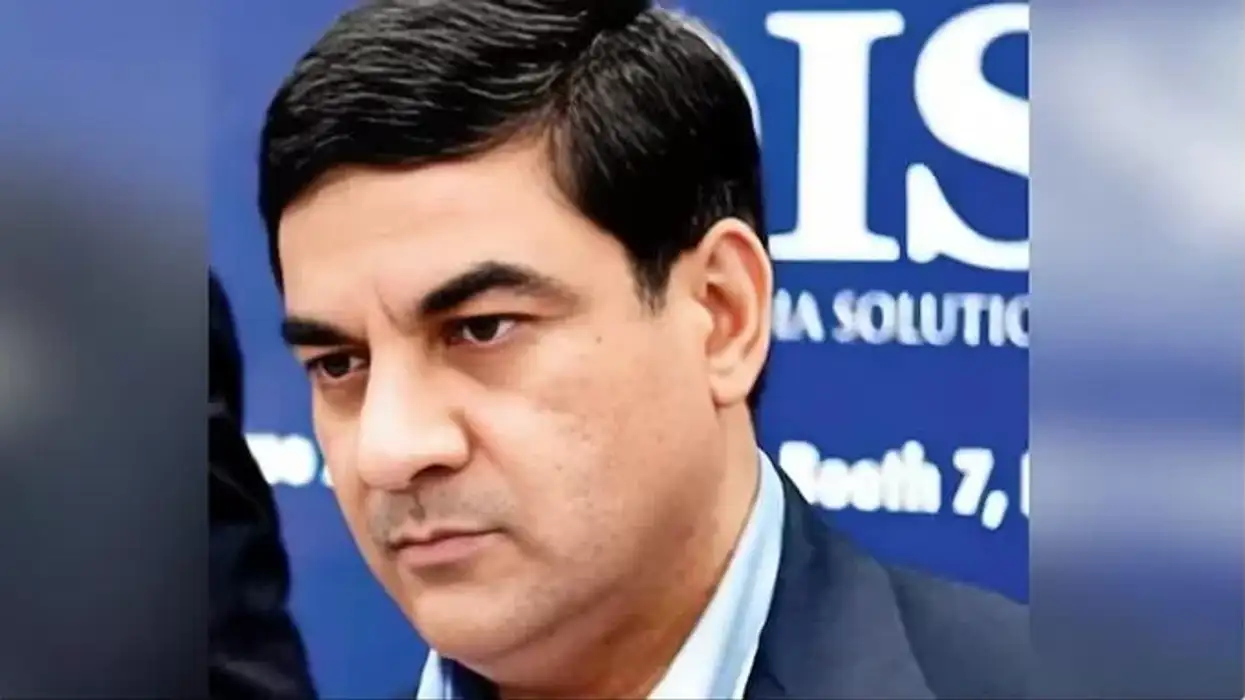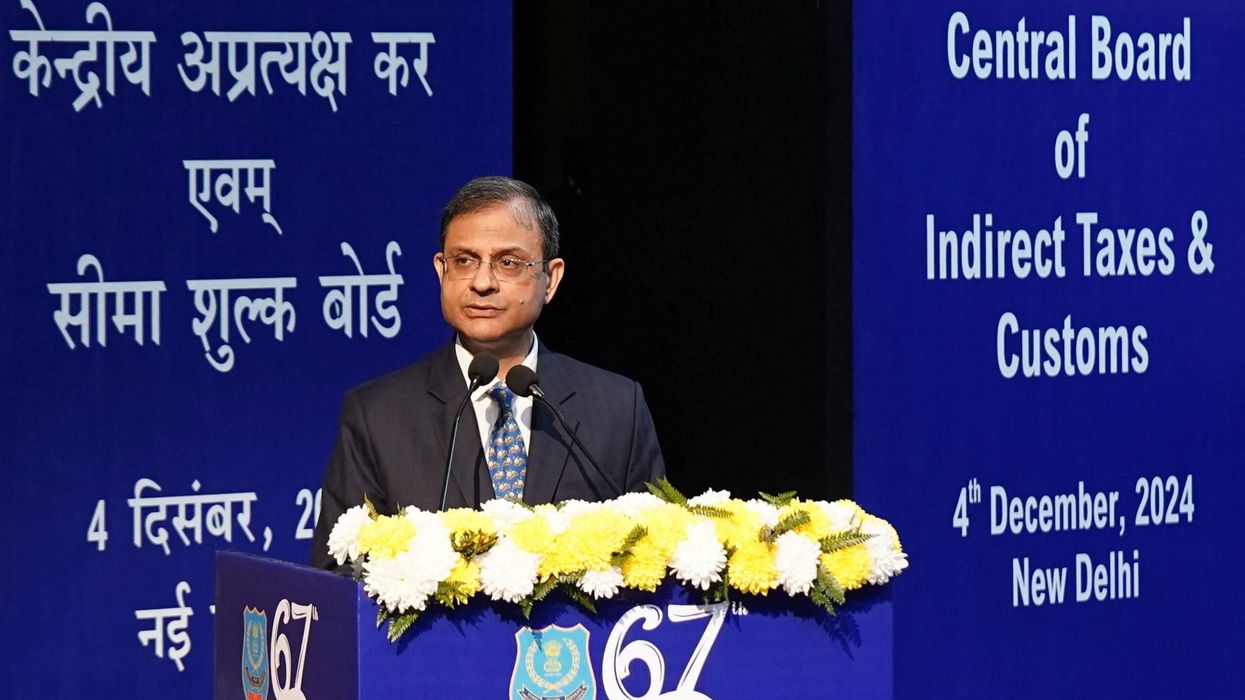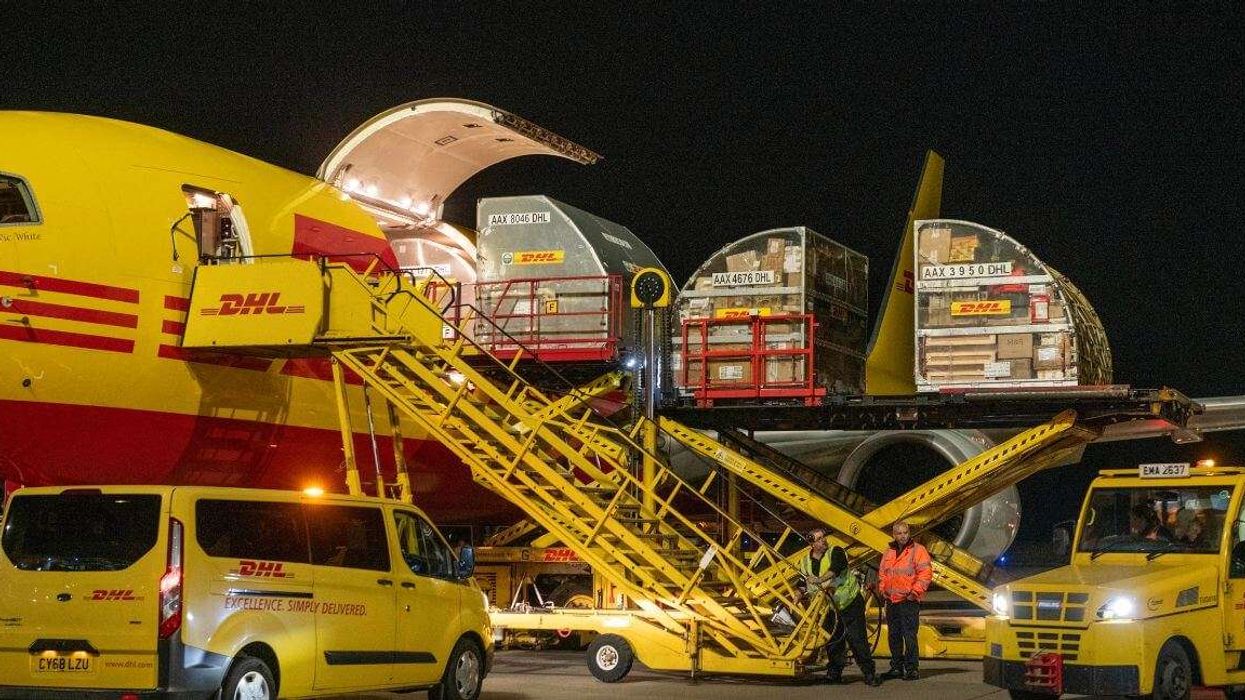INDIA's economic growth slowed further in the December quarter as pent up demand eased and weakness in the manufacturing sector continued.
Asia's third largest economy recorded year-on-year growth of 4.4 per cent in October-December, down from 6.3 per cent in July-September, data released by the government on Tuesday (28) showed.
The sharp fall in the year-on-year growth rate is also partly due to a fading of pandemic-induced base effects and revision to last year's growth, economists said.
The government retained its growth forecast of seven per cent for 2022-2023 while revising higher growth for the previous year to 9.1 per cent from the earlier 8.7 per cent.
"We are likely to hit the seven per cent GDP growth target for the year," said India's chief economic advisor V Anantha Nageswaran at a press briefing.
Growth of four per cent - 4.1 per cent is possible in the January-March quarter, he said.
Even though a weaker global economy is likely to pull down India's growth to near 6.4 per cent next year, the International Monetary Fund (IMF) and the World Bank project India to be the fastest-growing major economy in 2023.
India's manufacturing sector shrank by 1.1 per cent year-on-year in the third quarter, a second straight contraction reflecting lower profit margins and weaker exports.
External demand was weak as central banks globally continued monetary tightening to tame inflation.
"The major disappointment is negative growth in manufacturing," said Madan Sabnavis, economist at state-run Bank of Baroda. He said 2022-2023 growth will be at 6.8 per cent against a government estimate of seven per cent.
India bounced back strongly from the coronavirus pandemic, but is still grappling with the same headwinds buffeting the global economy.
The country of 1.4 billion people imports more than 80 per cent of its crude oil needs and rising petrol costs since Russia's invasion of Ukraine have had a ripple effect on prices.
The Reserve Bank of India has hiked rates by 2.50 percentage points since May last year in an aggressive response to rising consumer inflation, which hit a three-month high of 6.52 per cent in January.
"Growth indicators have started to show signs of reacceleration in early 2023" after "losing some steam" in late 2022, Morgan Stanley said in a report on Tuesday (28).
"Healthy household balance sheets and a pickup in private and public capex (capital expenditure) will sustain gains in employment - which will allow consumption growth to stay strong in the coming quarters," it added.
Government spending declined 0.8 per cent year-on-year in the December quarter compared to revised 4.1 per cent contraction in the previous quarter.
"There is a significant deceleration in consumption growth - both for the private and government sectors," said Rupa Rege Nitsure, economist at L&T Financial Holdings.
"A possibility of additional interest rate hikes coupled with a slowdown in overall demand pose a further downside risk to manufacturing activity."
Acknowledging the risks from global and local inflation, chief economic advisor Nageswaran said policymakers need to be ready with supply-side and monetary policy measures to tackle inflation uncertainties.
"Borrowing costs may stay higher for longer and entrenched inflation may prolong tightening cycle globally," he said.
India's private consumer spending, contributing around 60 per cent of GDP, rose just 2.1 per cent year-on-year in December quarter, compared to downwardly revised 8.8 per cent increase in the previous quarter, while capital investment rose 8.3 per cent year-on-year compared to revised 9.7 per cent growth in the same period.
Private investment activity is recovering, said Nageswaran.
In real terms, India's GDP is estimated at Rs 159.71 trillion ($1.93tn) in the current financial year ending in March, about 9.6 per cent higher compared to pre-Covid level of Rs 145.69tn ($1.76tn) in 2019/20, data showed.
(Reuters)













